Cannabis can grow and thrive all over the world, but it can also be surprisingly fragile. Insects, birds, and other pests can ruin parts of the plant, and some can wreck your entire crop.
Since most areas where it’s legal to grow cannabis still place a limit on how many plants you can grow at one time, it’s often painful to have to throw away even a handful of buds.
Fortunately, by paying close attention and employing preventative measures, you should be able to avoid most pest problems. Here’s how.
Insects
When you hear the word “pest,” insects are probably the first category of nuisance that comes to mind.
This is with good reason – all sorts of six- and eight-legged creatures feed on cannabis, and can cause serious damage or death to your plants if you don’t catch them early.
Some are too small to see with the naked eye, so you’ll want to give your plants a once-over with a magnifying glass if you begin to see any spots or unexplained damage to your leaves. Keep an eye out for:
- Caterpillars. Caterpillars will eat pretty much any sort of leafy vegetation, and they eat quickly.
Inspect your plants for small teeth marks or black droppings on the leaves.
You may also spot small yellow or translucent eggs.

To get rid of a caterpillar problem, you can simply remove the caterpillars by hand.
If you have a recurring problem, try using pepper and garlic as a natural insecticide.
- Aphids. Aphids reproduce quickly, and spread just as fast.
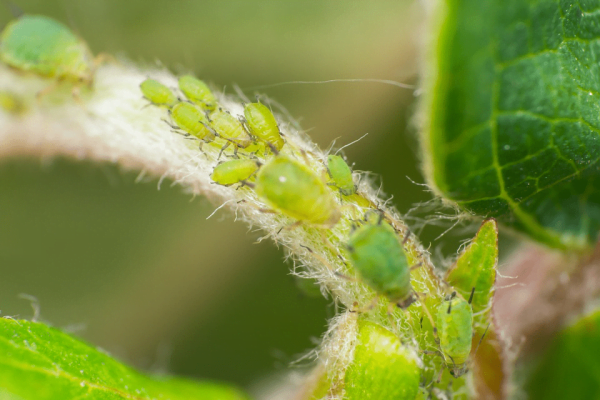
They feed on cannabis leaves by sucking the sap out of the leaves, so keep an eye out for leaves that seem to be turning dry or yellowish.
You should also check for honeydew and colonies of aphids gathering on the undersides of stems and leaves.
Spray the area with a mixture of water and soap and remove any seriously affected branches. In very bad cases you can use neem oil to take back control, just avoid spraying on or near your buds.
- Slugs and snails. Slugs and snails will both eat your precious cannabis plants.
They’re most active at night, so it’s easiest to check for mucus trails on your plant during the day and remove the slugs at night.
You can also keep slugs away by using bait like a mix of jam or beer, or by salting the area around your plants.
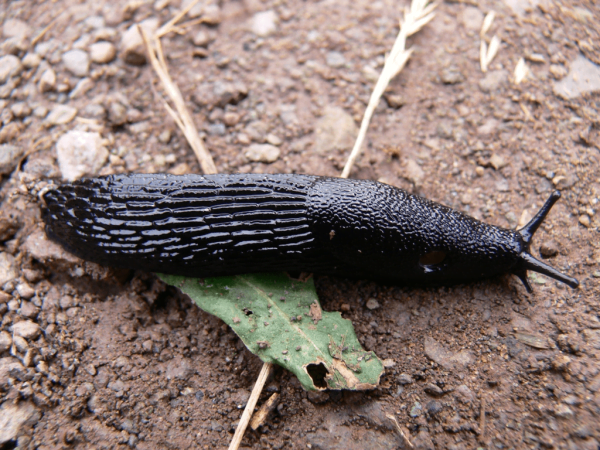
- Ants. Not only do ants damage the root system of your plants, they may also indicate the presence of aphids.
Ants herd and protect aphids so that they can harvest the smaller insects’ honeydew, which can allow the aphid population to skyrocket.
Get rid of ants by sprinkling cinnamon around your plants – this kills the insects that are already there, and repels others from moving in.
- Leaf Miners. Leaf miners dig tunnels into plants’ leaves, feeding as they go and laying eggs inside the leaves.
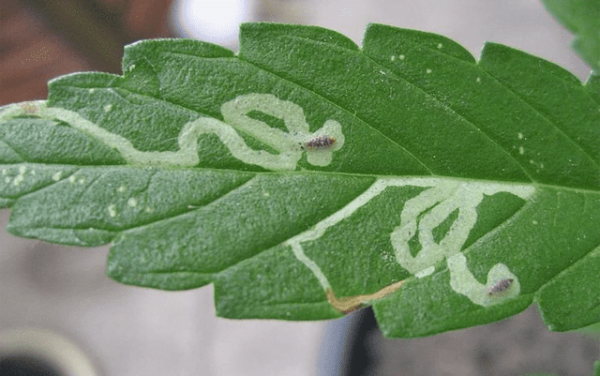
Keep an eye out for those tunnels, which will look like brown trails or lines through the leaves.
If you spot them, you can trap adult leaf miners by placing adhesive strips near your plants. Unfortunately, you’ll need to remove the larvae by hand.
- Fungus gnats. Fungus gnats are tiny, and really hard to spot.
They start out eating any fungus that grows near the base of your plants, and when they finish they’ll start burrowing down and munching on your plants’ roots.
Fortunately, these pests are relatively easy to stop.
You can catch them with adhesive strips at the base of your plant just like leaf miners
Once you find where they’re coming from you can kill them all with a bit of peroxide and water.
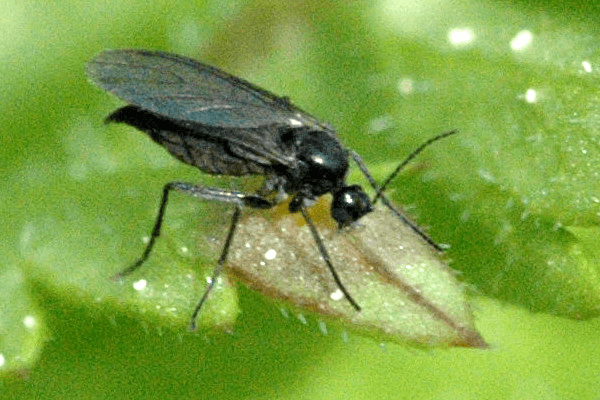
- Spider Mites. These pests suck sap out of plants’ leaves, and can kill a cannabis plant in a short timeframe.
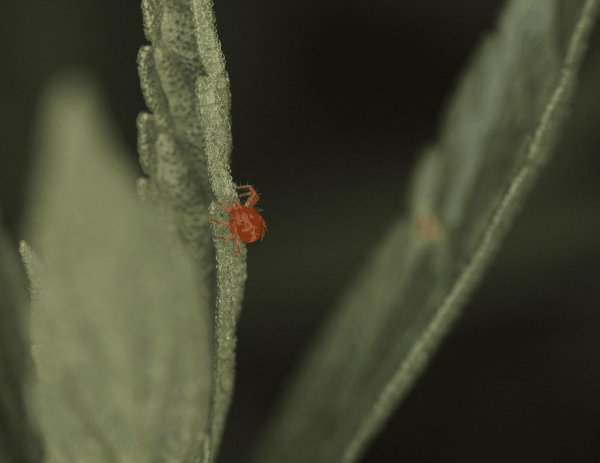
They can be spotted by the white, black, or yellow spots that they leave on your plants’ leaves, but since these can sometimes look like a lack of nutrients, you should always double-check with a magnifying glass.
Spider mites like dry climates and hot temperatures, so if you’re growing inside with good ventilation and optimal heat and humidity for cannabis, you probably won’t encounter these pests.
If you do, you may be able to get rid of them by misting your plants’ leaves with a mixture of alcohol and water.
- Whiteflies. Whiteflies are another common problem for cannabis growers.
The easiest way to find out if you have them is to give your plants a little shake – this will disturb any whiteflies on the plant, and you’ll see them flying around.
You may also notice yellowed leaves with white powder on the underside.
Spraying with neem oil or potassium soap can help repel whiteflies, and so can planting basil around your cannabis plants.
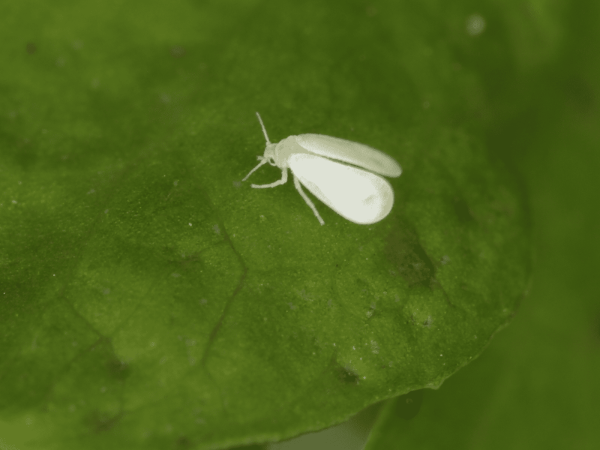
- Cochineals. These tiny pests are usually white or brown, and covered with a bit of white “fluff” that helps camouflage them.
They reproduce rapidly, and their droppings are toxic to cannabis, so they can be harmful to your plants in multiple ways.
If you spot them, you’ll need to treat your plants’ leaves with an alcohol/water solution to kill the pests and then remove the affected parts of the plant.
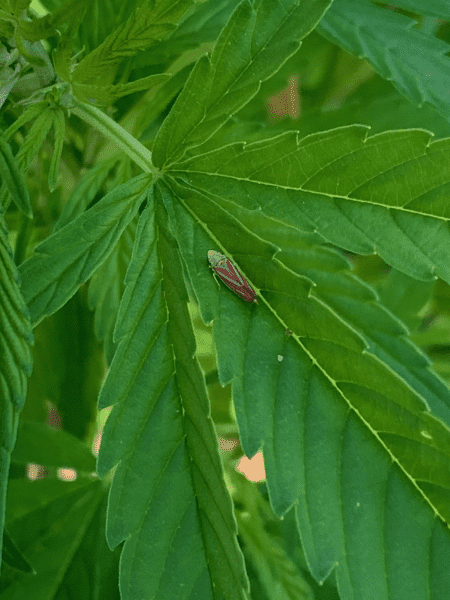
Leafhoppers. Leafhoppers come in several varieties and colors, but all of them love eating cannabis plants.
They suck sap from your plants’ leaves, leaving behind little pale spots wherever they bite your plants. Leafhoppers drink sap when they’re thirsty, so you’re most likely to see them when the weather is hot and dry.
If you see spots on your cannabis leaves, check underneath the leaves – that’s often where these insects hide if they sense danger.
You can get rid of leafhoppers with diatomaceous earth, potassium soap, or neem oil.
Insect Prevention: Do’s and Don’ts
Do: Be Proactive. It’s a lot easier to prevent an insect infestation than it is to get rid of one once it starts.
Weeds and other plants that grow around your greenhouse or near your cannabis plants can be homes for mites and other insects, so keep the area as clear of unwanted vegetation as possible.
Mow the grass in your yard, and uproot and throw away any plants that you don’t want around.
Companion plants are can be helpful in preventing or controlling your pest population. Certain plants do a great job at deterring pests or attracting helpful ones.
Related Post: Companion Planting Guide
Don’t: Bring in Outside Soil. Insects or harmful microscopic organisms could hitch a ride in any outside soil you bring into your grow room, so it’s best to stick to the “clean” soil you’ve purchased for your pots.
Don’t: Resort to Pesticides. If you have a pest problem, it can be tempting to go for the “nuclear” option and just wipe them all out with pesticides.
After all, if harvest isn’t for a while yet, the plants should be safe to consume by then, right?
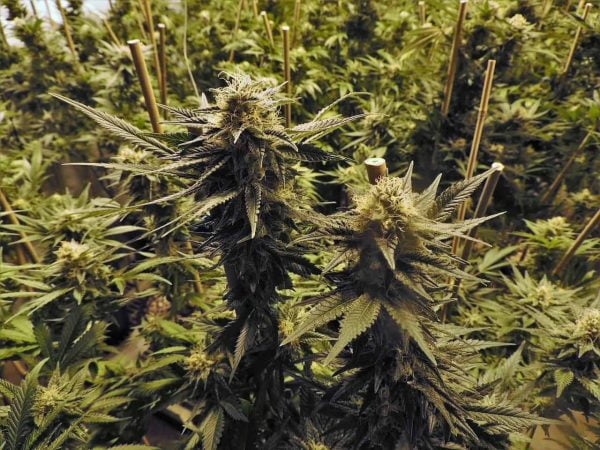
Unfortunately, no. Pesticides can ruin your buds, and can make them unsafe to smoke or make into edibles.
If you have pests you need to kill, stick to organic substances that are totally safe for human consumption – things like an alcohol/water solution that will evaporate away with no ill effect.
You can also try neem oil or potassium soap.
Is neem oil safe for cannabis plants?
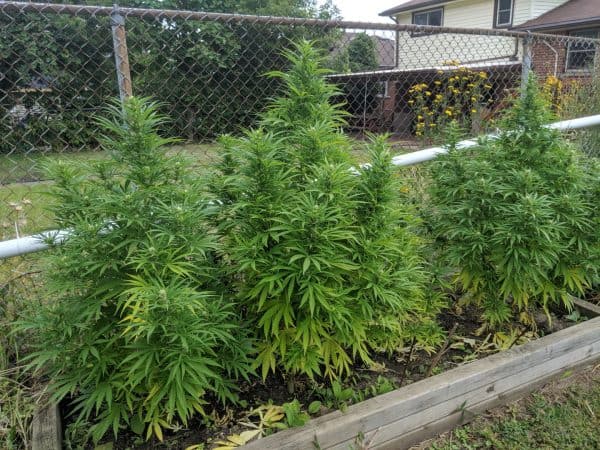
We’ve mentioned neem oil a few times in this article.
Neem oil is a natural pesticide obtained from the seeds of the neem tree.
As for whether or not it’s safe to use on cannabis plants, the answer is “mostly.”
It’s an effective pesticide, but it can affect the taste of your buds.
Take care not to spray any onto your plant’s bud sites or any other part of the plant you’ll be consuming, and only use neem oil as a last resort.
White Powdery Mildew
White powdery mildew is a common fungus that can attack many types of plants, cannabis included.
WPM can spread quickly when the temperature and humidity rise. This can be a huge problem when your plants have already begun flowering. It has to be addressed quickly. Fungal spores can spread quickly through a garden and can even catch a ride on your clothes.
There are several ways to fix plants that have been affected by WPM. Removing affected leaves is the first step then applying a special spray to your leaves can help eliminate what’s left. A 1:1 mixture of water and hydrogen peroxide works well. Spraying plants with milk has also been proven to be an effective home remedy for WPM.
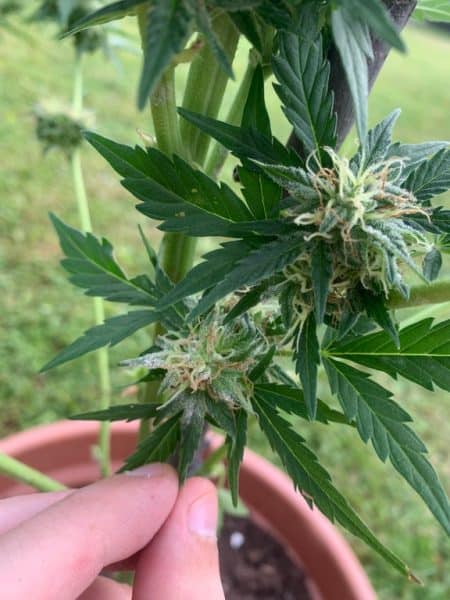
Bigger Bothers
Insects are some of the most irritating cannabis pests because they’re so hard to spot, and because they’re small enough to get into your indoor grows.
If you’re growing outside, your plants may attract other, larger pests as well. You may have to deal with:
- Birds. Birds are a blessing and a curse for outdoor growers.
They eat caterpillars and other insects, which can keep your plants pest-free…
but they also eat seeds, and the last thing you want is to look out your back window and see birds rooting through your garden and flying off with your expensive cannabis seeds in their beaks.
Keep birds away with scarecrows or a mesh enclosure until your newly sprouted plants are a few inches tall.
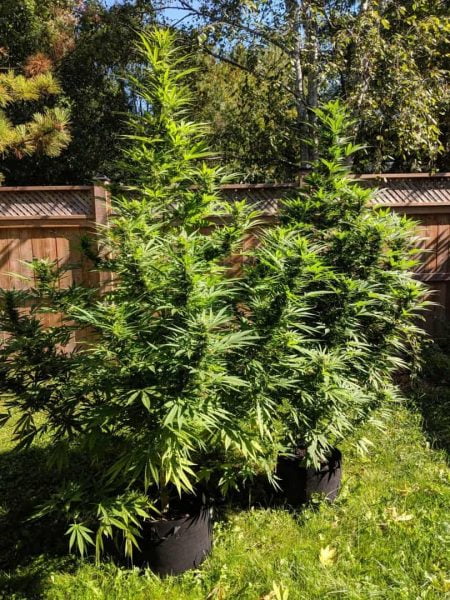
- Gophers and Moles. These burrowing rodents are a problem for growers throughout North America. Since they live underground, they’re hard to spot.
Keep an eye out for the earth mounds they make when they occasionally come to the surface, and pay attention to your plants’ health.
If they show signs of a damaged root system and you can’t find the cause, it could be either of these burrowing rodents.
- Deal with gophers and moles by spraying your garden soil with castor oil and garlic water.
This should drive them away, but if it doesn’t, you’ll need to invest in some traps.
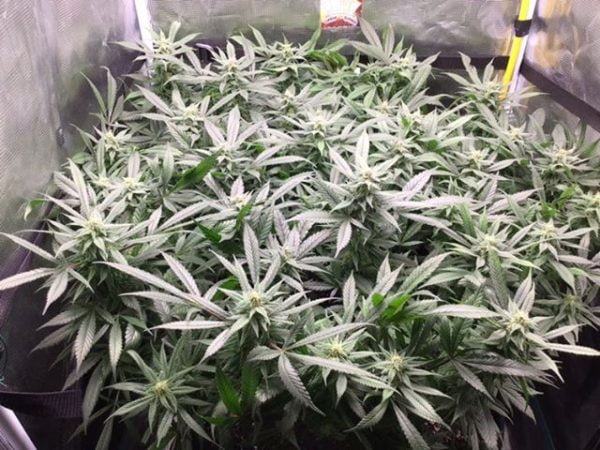
- Deer. Once cannabis matures, its strong odor should keep deer away… But until then, deer will be happy to munch on your plants.
And, they won’t just nibble on the leaves – they’ll eat the whole thing, all the way down to the roots. If there are deer in your area, you may want to build a fence around your garden, or at least protect your plants with a sturdy screen.
You might be looking forward to consuming your home-grown cannabis after harvest time… But there are plenty of other creatures who would like to consume it too, and they won’t wait for the plant to mature.
It’s easy to keep rodents, birds, and deer out of your garden; it’s more difficult to keep out the insects, especially if you’re growing outdoors.
Keep your growing area free of weeds and easy insect habitats.
Then, if you keep a close eye on your plants and deal with any problems that arise quickly, you should be able to get it under control and keep your plants healthy. Happy growing!
If you want to learn even more about growing good cannabis, we offer a free 40+ page guide full of images.
Now available on Amazon.
Sign up for our newsletter and download the digital copy today!
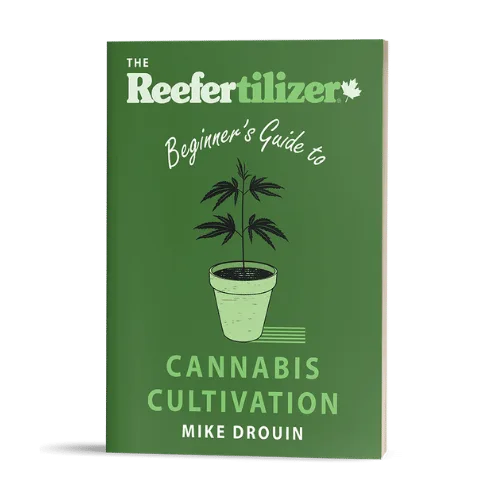
This guide will answer many questions about growing cannabis, like the following...
Selecting Seeds
Identify and Correct Problems
Maximize Yield
Much More...
Get a Chance to INSTANTLY WIN a Reefertilizer Nutrient Kit When You Sign Up.
Elijah Petty is a writer in the cannabis industry. He aims to use his platform to help educate people about cannabis and dispel some of the myths and misinformation that surround the plant.

how do you kill spider mites
Spiders mites can be removed with a diluted mix of soap and alcohol in water.